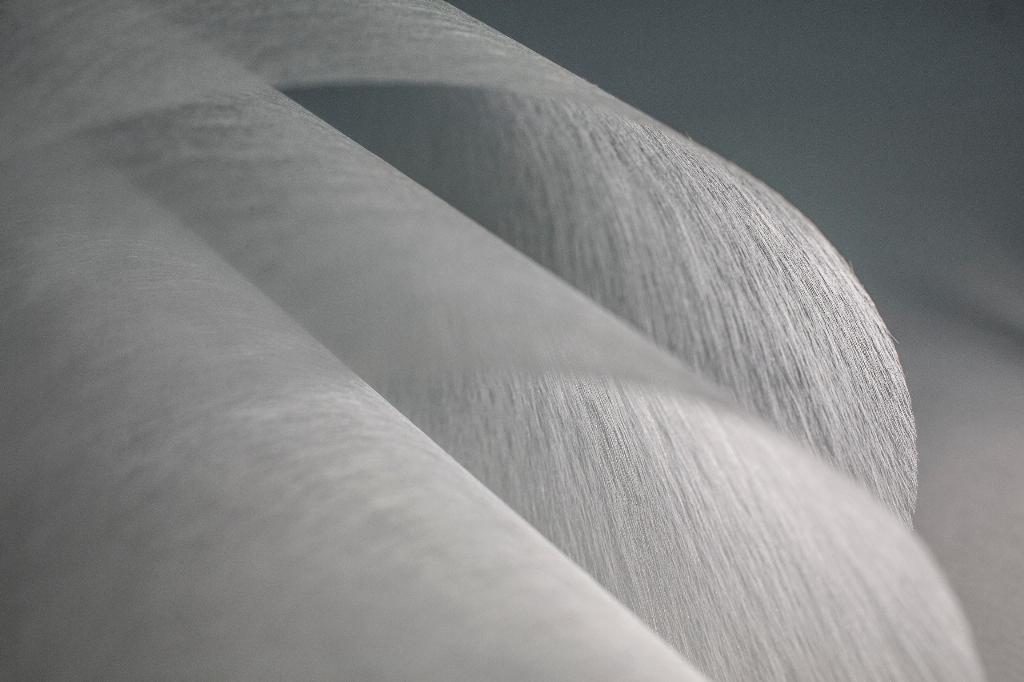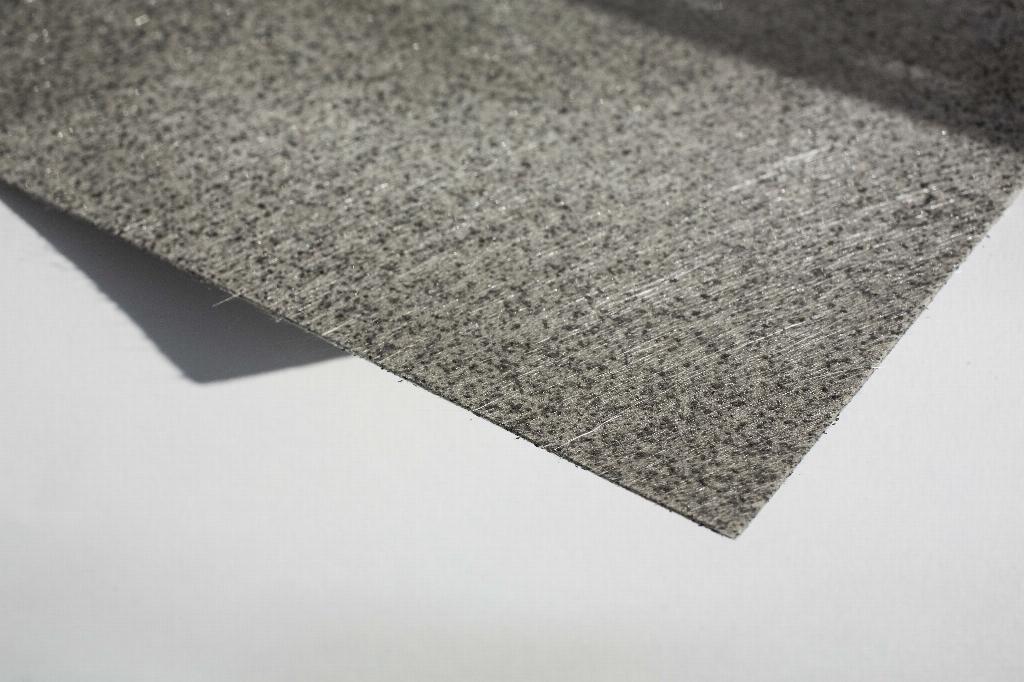Living in a material whirl

Mike Richardson meets with Technical Fibre Products’ (TFP) business development director, Adam Black to hear about the complementary nature of the company’s nonwoven material products.
Technical Fibre Products develops and manufactures nonwoven materials that offer not only a diverse product range, but the capability to tailor materials to meet specific performance requirements. The company’s nonwovens are found in a wide variety of applications, including surface engineering of composites, fire protection, thermal insulation, power storage and cryogenic super insulation.
TFPs’ Optimat, Optiveil and Tecnofire ranges are said to deliver properties, including a superior quality surface finish, while providing functionality across areas spanning EMI shielding, electrical conductivity, fire protection, static dissipation and enhanced abrasion resistance.
The company’s lightweight Optiveil nonwoven veils range from carbon, glass, polyester and aramid to high performance thermoplastics, and provide a variety of solutions for composites, including adhesive carriers, barriers to galvanic corrosion and resin flow media.
A key application is enabling a high-quality resin rich surface finish, particularly in industries such as aerospace, automotive and sporting goods. The quality of the fibre distribution in the veils makes them ideal, producing a smooth surface and ensuring even resin uptake and distribution. A layer of heavier weight Optimat nonwoven can further reduce print through from the underlying reinforcement fabric if interleaved between the fabric layers close to the surface.
An added benefit to Optiveil surfacing veils is their multi-functionality. In addition to a high-quality surface finish they also impart functionality to the surface of a composite. This functionality is determined by the type of veil used and can range from corrosion resistance (glass and carbon) to abrasion resistance (aramid), electrical conductivity, static dissipation and EMI shielding (carbon and metal coated carbon).
Material meets the heat
TFP’s Tecnofire nonwovens provide composites with built-in fire protection. Fabricated from high temperature resistant fibres these resin-infusible materials are incorporated at the surface of a composite to impart fire protection where it is needed. Activated by high temperatures, Tecnofire expands and protects the underlying structure from fire. The advantage here is an improvement in the fire smoke toxicity (FST) of the composite, without the structural compromises or time-consuming application associated with alternative technologies.

“In the world of composite materials, woven unidirectional fibres are mainly used for their tensile strength properties,” begins TFPs’ business development director, Adam Black. “Nonwovens are mostly homogeneous, have a very short length of fibre (usually 6-25 mm) and are generally used to add functionality to a composite, such as FST or improving the surface finish.
“Having a relatively lightweight nonwoven fabric on a surface - over and above a woven material - can help remove the imperfections from the weave to produce a superior surface finish. We offer metal-coated carbon fibre for increased conductivity, which offers shielding protection for things like EMI shielding as well. This can be positioned within the laminate. It doesn’t add a lot of weight and can easily be incorporated within the resins.”
Between the sheets
In terms of what differentiates TFP from the competition, Black is confident that TFP has the widest range and at 2gsm per square metre, the lightest wet-laid nonwovens in the world.
“We don’t tend to produce commodity materials and instead manufacture to the customers’ bespoke requirements in order to better understand their requirements and assign people from our technology team to work on a solution. We start by producing laboratory material hand sheets in either 6” or 12” circles. Although handmade with basic kit, it offers a good indication of whether it will work within a customer’s application.

“Once we’ve researched the possibilities, we use our pilot line facility, which is just over 500mm wide and invite customers to try a number of different variants. Customers can hire this production facility and we have technical staff to assist them throughout this process. The customer can try a number of material combinations and then ‘down select’ from there to produce a product. Once a product has been finalised we can scale it up to production on the main machines and sign it off. We also have a laminator with powder scatter capability where we can put dissimilar or self-adhesive materials together, as well as the facilities to slit or sheet the materials to a customer’s required dimensions. This additional capability means we can add more functionality or value to a material, going beyond simply producing a standard nonwoven.”
Black adds that over the last two years, TFP has been working on a range of products designed to improve interlaminar fracture toughness. To allow the company to work directly with OEMs in some cases, as opposed to a prepreg intermediary, it needs to ensure it gains the relevant accreditations.
“We offer foreign object debris (FOD) prevention and we possess the AS9100 accreditation, which allows us to supply directly into the aerospace industry, for example and satisfy their criteria. In some cases, we’re still educating people about what we can do for them. We know where the limitations lie with our materials, but we’ll try and work around any of these particular issues and move forward with the customer’s requirements.”

The car’s the star
So, where next for UK composites industry? It’s Black’s belief that automotive manufacturers like BMW and its 7-Series is the standout utilisation of carbon fibre for the mass market, particularly with its use of CFRP in combination with metallic structures.
“To convert every automotive structural component to a composite material is just too much for a traditional automotive manufacturer to do and it is a big statement to say that this is the way they will do it,” he concludes. “BMW is using metallics where metallics work well for speed of production, and they are using composites in particular areas, such as for its tensile properties and for enabling some lightweighting to happen.
“The hybrid use of these structures as a model seems to work quite well and it is something that is feeding through into the automotive industry. This is the way it will happen and I personally don’t see companies just switching over – there is still too much of a challenge, investment and risk at present.”







